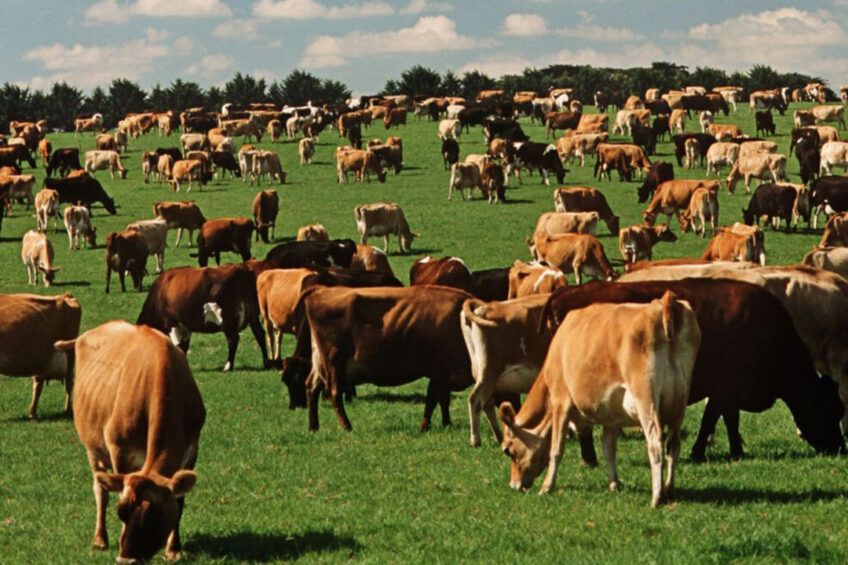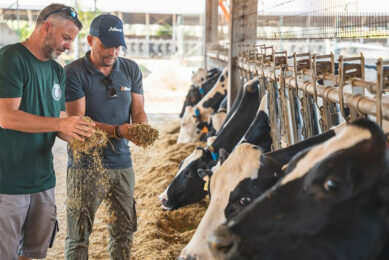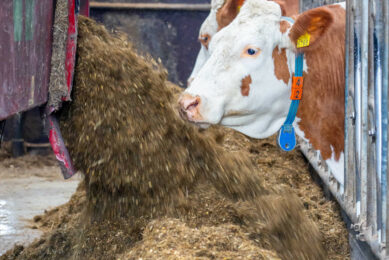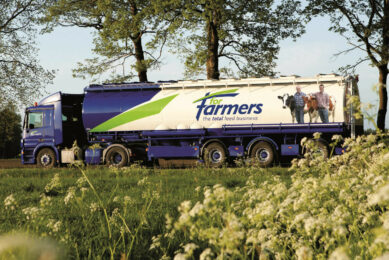Dairy farmers and cost-cutting solutions

Soaring energy and feedstuff costs push milk farmers across the globe to seek cost-adjusting solutions to stay in business. However, the room for tightening the belt seemingly remains very narrow.
Skyrocketing feedstuffs, energy and fuel costs have squeezed the budgets of dairy farmers over the past several months. Consumers are being hit by a global inflation wave not seen since the 1970s while weakening consumer purchasing power is making it difficult for milk processors to pass increased production costs on to consumers. Inflationary pressures will also trigger lower demand in rich and poor countries, Rabobank said in its recent report.
“Feed in addition to fuel and fertiliser costs at farm level continue to rise above inflation rates. The impact of this will be felt by farmers currently on long-term contracts which expire later this year and into 2023,” agreed Neil Keane, commercial director, rumen function platform, Alltech.
Eyes on new harvest
Feed prices have dropped slightly in recent weeks with the harvest approaching, and it might depend a lot on the actual harvest and how feed prices develop. However, weather so far is not favouring farmers, as an abnormal heatwave in several European countries imperils harvest.
“Some countries have already announced lower than expected yields due to the drought in recent weeks and months, like EU and India, which probably means that feed prices will remain high. Farmers have to decide whether the high milk prices offset the high input costs on their specific farm,” Keane added.
Drive on sight
Keane estimated that there had been a marked drop in fertiliser usage in Ireland, leading to a 3% fall in milk volumes year-to-date, despite record milk prices. According to IFCN insights, most dairy countries are enjoying good farmgate margins at present, with Keane warning that this might change – depending on the harvest, changes in the currency exchange rate, and the overall energy prices.
“Farmers are advised to ‘drive on sight’ so that they can react quickly to any major market developments, but of course, this might prevent long-term investments at this point in time. Farmers in New Zealand, Ireland and other countries with limited input – i.e. little purchased feed – might be better off,” Keane said, adding that cost-cutting and careful use of inputs will be encouraged, not only for purely economic reasons but also because of environmental regulations.
Falling milk production in the Big-7
The rise in feed and energy costs is taking a toll on milk production worldwide. For the first time since 2016, milk production in the Big-7 dairy export regions – the US, the EU, New Zealand, Australia, Brazil, Argentina, and Uruguay – contracted year-on-year for 3 consecutive quarters, Rabobank said in its recent quarterly report, adding that the industry was on track to contract for a fourth consecutive quarter in the second quarter of 2022, something that hasn’t happened since 2012-2013.
As explained by Daniëlle Duijndam, dairy analyst, Rabo Research Food & Agribusiness, inthe present situation, milk farmers struggle to reduce costs not sacrificing effectiveness.
“As a result of the current situation, dairy farmers have more focus on cost-cutting solutions, but also keeping an eye on limiting or excluding productivity losses. In general, this is a global issue, and dairy farmers in many regions are taking steps to reduce costs,” Duijndam said, adding that things are different for milk farmers in different countries.
“In several exporting countries and regions, the rise in milk prices is enough to compensate for the elevated costs. Dairy farmers do not want to cut too much on costs to guarantee a certain milk production level. On the other hand, farmers are hesitant to expand milk production. Also, keep in mind that weather issues are a factor here as well,” Duijndam said.
Growing feedstuff instead of purchasing it
Rabobank estimated that farms that grow most of their feed would fare better than those that rely more heavily on purchased feed.
“Expiring feed contracts and hedges will exacerbate this divide, forcing buyers to lock in at higher current prices. Producers will be keeping a keen eye on costs but should be cautious not to make cost-cutting changes to feed rations at the expense of negatively impacting the production of high-value milk components,” Rabobank said
“While developed country consumers are usually more resilient to higher prices, this time around, the impact on energy and fuel prices is severe and is resulting in changing consumer behaviour. Some countries like the UK are already implementing measures to protect low-income families with once-off payments and energy bill discounts due to diminished purchasing power,” Rabobank added.
Adjusting costs
Among the most useful tools called to help milk farmers cut production costs, Duijndam lists:
- Reducing the amount of concentrates or changing to a cheaper alternative
- Reduce the usage of fertiliser (e.g., towards the end of the grass season)
- Grow more protein on own land
- Hedging feed and energy
On the other hand, Keane suggests the following list of measures for dairy farmers to become more cost-effective:
- Prudent use of slurry and manure, which can replace some inorganic fertiliser
- No overfeeding of concentrates for low-yielding cows
- Weed control: mechanical weed control is on the rise (especially in maize)
- For purely economic reasons, farmers need to check what is cheaper: lower diesel usage plus pesticides or use of more diesel for harrowing plus more labour input
- Working closely with your bank about (the cost of) loans; insurances, efficient use of labour etc.
- Focus on what feed can be produced inside the farm gate.
Milk price expectations
Keane said he anticipated a slight decrease in both world milk production and milk demand. Therefore, milk prices are expected to stay at a high level, though not quite as high as 2-3 months ago, which is promising for farmers.
“The pressure of rising costs will continue, as the inflation rate is expected to stay high at least in Europe for the coming year,” Keane said.
“Energy costs might keep soaring, all depending on the destination of Russia’s gas. The recent announcement from the EU requesting a 15% reduction in gas usage by member states is an insight into changes coming,” he added.
Join 13,000+ subscribers
Subscribe to our newsletter to stay updated about all the need-to-know content in the dairy sector, two times a week.










